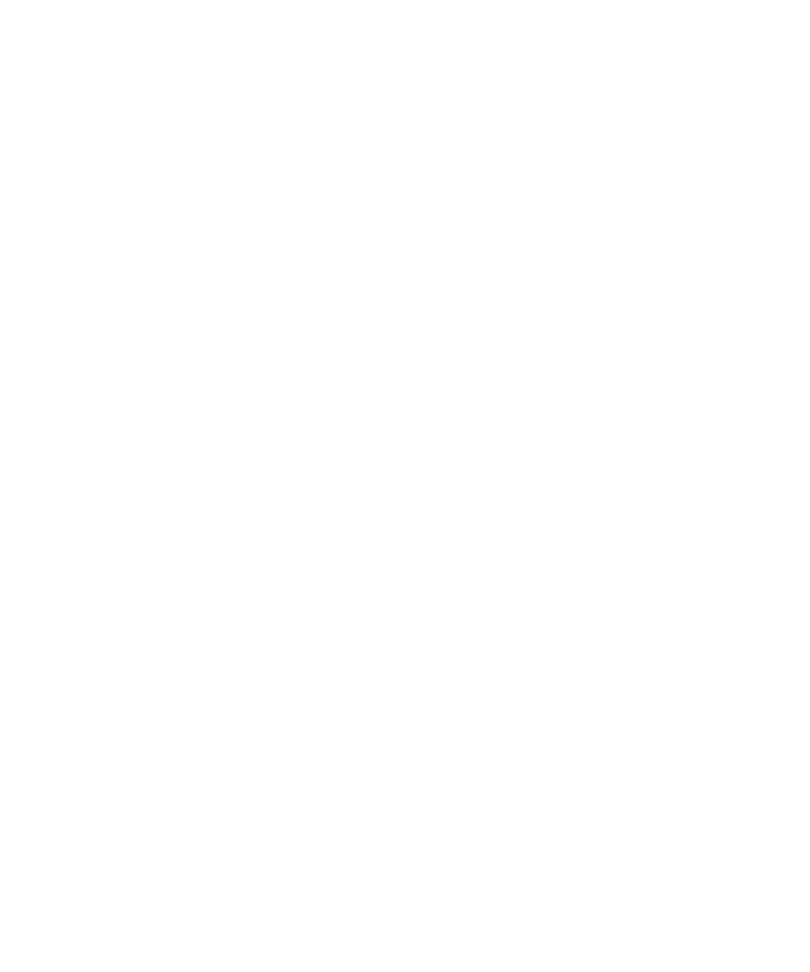
Script Segments
blocks for scripts. A script segment consists of a sequence of operations that
TestFactory performs in the AUT.
Pilot first creates and runs a large number of script segments. The Pilot then
evaluates every script segment based on the amount of user interface coverage and
source code coverage each provides. The resulting best script provides high coverage
of the AUT source code and user interface using the smallest possible amount of
nonredundant script code.
AUT crashes, run-time errors, assertion failures, as well as defects related to memory
access. If a script segment uncovers a defect, the Pilot retains it as a single-segment
not represented in the application map, TestFactory saves the script segments in a
single UAW (unexpected active window) script. After a Pilot run, you can use the
UAW script to trace the steps that the Pilot took to reach unmapped controls, and
use that information to improve the application map.
tested area once. The UI script serves as a simple smoke test that you can run to
check the controls in a region of the AUT user interface. You can run a Pilot to
quickly generate just a UI script.